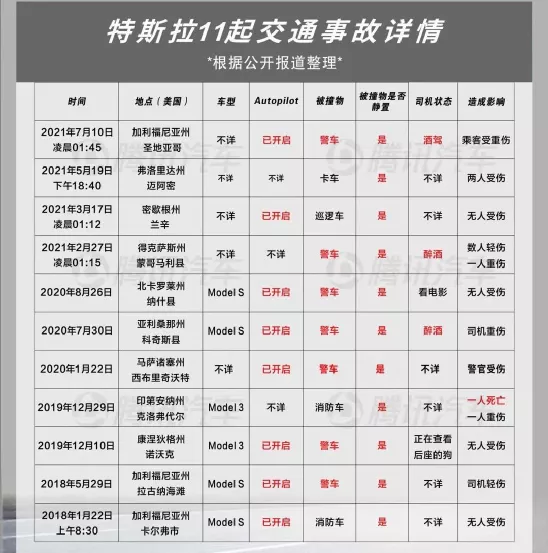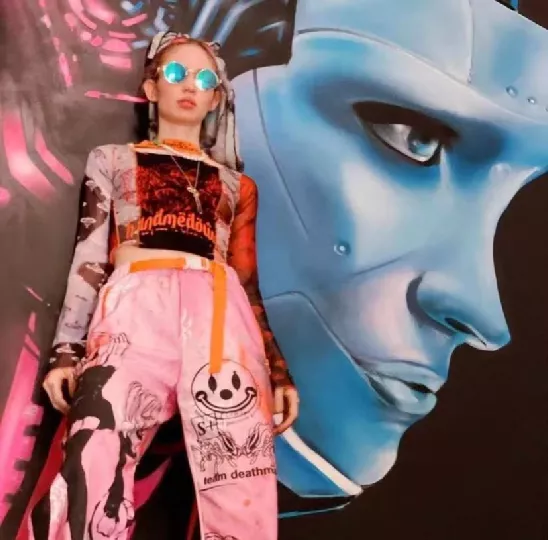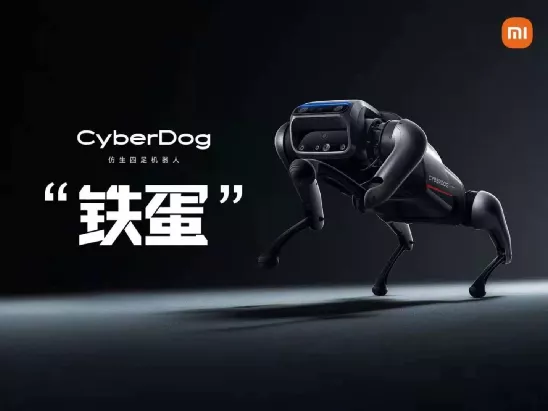Automotive media under the banner of the Outing 100 pays attention to the evolution of the automotive travel industry chain
Author: Kuang Ji
“The chip crisis has been severely underestimated.” Last week, when I was chatting with a car industry insider, he said helplessly.
Equally helpless and angry, there is also Tesla CEO Elon Musk. He tweeted, “As publicly disclosed, we are in extreme supply chain restrictions on certain standard automotive chips. So far, the biggest problem is Renesas and Bosch.”
Musk pointed the finger at the world’s two largest automotive chip suppliers, claiming that they were hindering Tesla’s production.
It is not only Tesla that is affected. Preliminary research results show that in August, only Bosch is expected to cause an impact on the production of nearly 900,000 vehicles in the Chinese auto market. The impact on GDP by the entire vehicle manufacturing industry alone is as high as RMB 200 billion. From August to September, the production reduction of China’s auto industry will reach 2 million vehicles.
However, Musk may have targeted the wrong object. In the global chip crisis, Bosch is also a victim. The complaints of Xu Daquan, the vice president of Bosch China, quickly made headlines on his circle of friends.
The good news is that the semiconductor manufacturer complained about by Xu Daquan quickly responded. STMicroelectronics announced that with the consent of the local health administration, a department of the Malacca factory in Malaysia was isolated on August 16 and restarted operations on August 18.
However, whether the manufacturers scold each other or forgive each other, they cannot fundamentally solve the substantive problems in the face of the global chip crisis caused by the COVID-19 pandemic.
Moreover, the chip shortage caused by the Malaysian epidemic not only affects the automotive industry, but also hides a huge crisis.
As a strategic and pillar industry of the national economy, the automotive industry is closely related to industries such as steel, rubber, petrochemicals, plastics, glass, machinery, electronics, textiles, and the internet. It extends downward to commercial services, repair services, insurance, and even transportation and highway construction. Some industry experts believe that the sharp reduction in automobile production will inevitably cause a reduction in production and lethargy in the above-mentioned industries.
In such a situation, it has alarmed governments of many countries. According to media reports, prime minister-level officials from Europe, the United States, Japan and other countries have called or written to express their concern and support for the Malaysian epidemic, and expressed their concerns about the Malaysian chip factories.
However, so far, relevant departments in China have not taken corresponding measures. Therefore, some insiders have called on the government:
The Ministry of Industry and Information Technology should take the lead in conducting a comprehensive investigation into the impact of the Malaysian epidemic on the auto industry; Provide humanitarian assistance to help Malaysia cope with the epidemic and resume work and production as soon as possible; Negotiate and communicate with the Malaysian side at the government level, give priority to meeting the needs of the Chinese auto industry for chips, and reduce the impact of automobile production reduction on China’s GDP.In this global chip crisis, BYD may be the least affected automaker because it has already made early layout in the semiconductor industry and can basically achieve self-sufficiency.
In the field of automobiles, BYD Semiconductor has taken the lead in manufacturing and mass-producing a variety of automotive-grade semiconductor products, including IGBT, SiC MOSFET, IPM, MCU, CMOS image sensors, electromagnetic and pressure sensors, LED light sources, and vehicle-mounted LED displays.
According to statistics from CITIC Securities, in 2019, Infineon’s IGBT modules supplied to the domestic electric passenger vehicle market had a market share of 52%, while BYD Semiconductor’s market share was 16%. Moreover, BYD Group is the largest customer of BYD Semiconductor, and the purchased power semiconductor products account for 58.84% of its total annual sales in 2020.
In order to expand its semiconductor business faster and stronger, in April 2020, BYD spun off its semiconductor business and is preparing for independent IPO after several rounds of financing.
On June 29th this year, the ChiNext board issuance and listing application of BYD Semiconductor was accepted, and on July 25th, the first round of inquiries before the issuance and listing was accepted. Just when everything was going smoothly, the IPO of BYD Semiconductor was suddenly stopped like a jinx on August 21st.
The reason was unexpected: the issuer’s lawyer, Beijing Tianyuan Law Firm, is under investigation by the China Securities Regulatory Commission. According to relevant regulations, only if the relevant situation of the Tianyuan Law Firm is eliminated or the firm completes the due diligence investigation within three months and informs the Shenzhen Stock Exchange, can BYD Semiconductor regain its listing qualifications.
Life is full of embarrassment.
Speaking of embarrassment this week, there is also NIO. The investigation of the accident in which ES8 owner Lin Wenqin died has not yet been completed, but NIO owners are divided into two hostile camps internally.
On August 18th, NIO owner Lin Wei issued a joint declaration on the recognition of the NP/NOP system by NIO owners, stressing that NIO has fulfilled its responsibilities for the popular NP/NOP system and the signatories have a clear understanding of the system. The joint declaration called for media to understand and verify basic facts and concepts before reporting and commenting on this issue.
Regarding this statement, many people believe it is a public relations act authorized by NIO. Lin Wei said in an interview with the media that he did not contact NIO officials about this matter. NIO has also denied such speculation.
What caught Lin Wei off guard was that other NIO owners reacted to this statement, and even issued a “Declaration of Opposition by Car Owners”. So far, tens of thousands of people have participated in the NIO APP.
According to an analysis by Automotive Business Review, a large part of the car owners expressed opposition, mainly because they thought that Lin Wei’s statement, first of all, hurt Mr. Lin’s family; secondly, it tarnished NIO’s brand image, and they were ridiculed by people around them because of it; thirdly, they feel that the timing of the statement was inappropriate.
Most of the car owners interviewed by the media said that their confidence and favorability towards NIO have not decreased due to this incident. They believe that such traffic accidents are a common risk faced by all intelligent electric vehicle companies, just like Tesla has faced in the past and present.
A former NIO employee told “AutocarMax” that he had already anticipated and understood such things would happen.
“As the community grows, there will be differentiation, and there will be conflicts of values within it. Today, it is a dispute between the viewpoints of Group A and Group B. Group B does not think that Group A can represent ABCD.” He believes that this is a characteristic of the community model and can only be accepted. However, user operations are the advanced direction of this industry, and what NIO is doing now is quite outstanding. There must be a price to pay for being a pioneer, but the rewards are enormous.
There is no limit to embarrassment, only more embarrassment.
On August 16, just as Tesla was preparing for AI Day, the National Highway Traffic Safety Administration (NHTSA) launched a formal investigation into Tesla’s Autopilot autonomous driving system. The investigation involved 11 accidents and 765,000 vehicles, almost all of Tesla’s vehicles sold in the United States since 2014.

There is also good news that Tesla may soon no longer need to worry about its chips.
On August 20, at AI Day, in addition to introducing its vision solution, Tesla also showcased the Dojo supercomputer chip “D1”, which has the processing power of 1,024 gigaflops (or 1024 billion operations per second), aimed at providing better “brains” for fully automated driving. (For more information, please see “Hardcore Analysis: Tesla’s Out-of-Range AI Day and Visionary Ambition”.)The most interesting thing for people at AI Day was the dancing figure, the “illustration” of the Tesla Bot. Some people said that Musk’s mischievous girlfriend was the prototype for the Tesla Bot.

Others also said that the robot dog “Iron Egg” that Xiaomi showed recently could be a pet for the Tesla Bot.

We may need to ask Lei Jun, “Are you OK?” about this matter.
This article is a translation by ChatGPT of a Chinese report from 42HOW. If you have any questions about it, please email bd@42how.com.